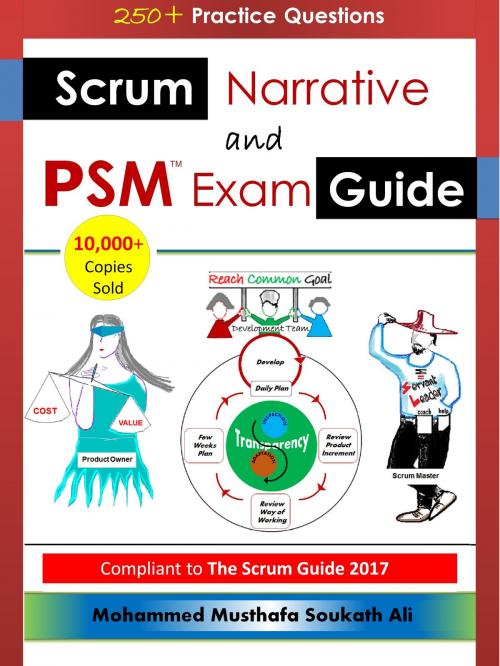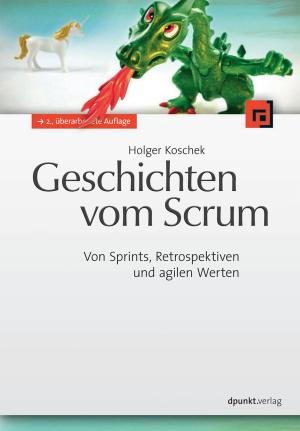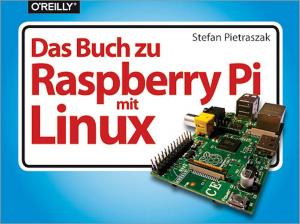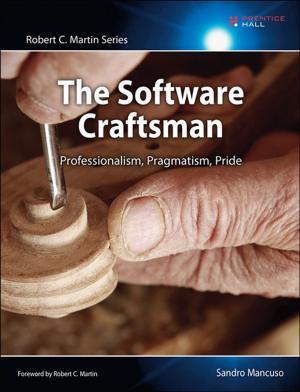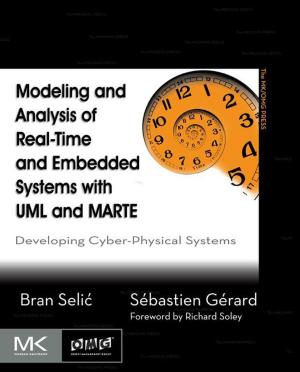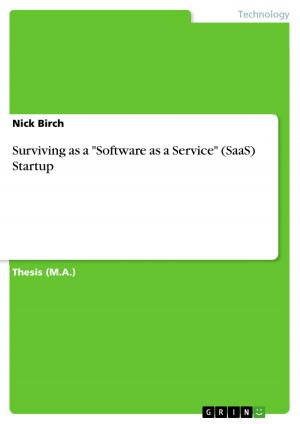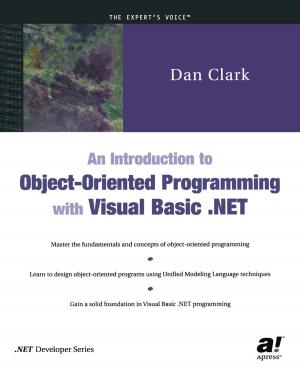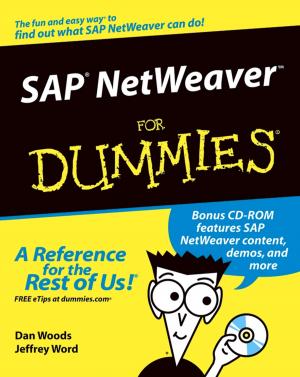| Author: | Mohammed Musthafa Soukath Ali | ISBN: | 9781311990877 |
| Publisher: | Mohammed Musthafa Soukath Ali | Publication: | December 3, 2015 |
| Imprint: | Smashwords Edition | Language: | English |
| Author: | Mohammed Musthafa Soukath Ali |
| ISBN: | 9781311990877 |
| Publisher: | Mohammed Musthafa Soukath Ali |
| Publication: | December 3, 2015 |
| Imprint: | Smashwords Edition |
| Language: | English |
Scrum continues to prove as an effective newer way of working. This new way is rapidly making into many organizations, in particular the software development divisions due to the transformation results it delivers. The authentic source to know about Scrum and the approved body of knowledge on Scrum is "The Scrum Guide™” authored by Jeff Sutherland and Ken Schwaber. The 16 page guide is too dense to absorb without context and too theoretical without correlations.
This book reveal Scrum Guide content with lot of context and correlations.
The first part of the book is for the Executives, narrating Scrum in a lightweight and engaging fashion. While many books on Scrum position Scrum as collection of roles and practices, this book introduces Scrum's transformation roots that bring in a newer way of working, with far reaching effects.
The second part is a coaching section for the Professionals getting into Scrum, getting into finer aspects of Scrum required for professionals working on the ground. It walks through the stages of Scrum Journey from Starting, Executing, and then Closing. Unlike many books that limit to the mechanics of Scrum, this book addresses plenty of practical questions including business management, team and task management, product engineering, etc such that this understanding enhances job skills on the top of the Scrum theory.
The entire book is an all-in-one guidance book for PSM™ 1 Aspirants, preparing for the the most meritorious certificate of all that certify Scrum - Professional Scrum Master™ (PSM™ 1). PSM™ 1 is a high quality Scrum certificate administered by Scrum.org, that is guided by Ken Schwaber, one of the original two authors of Scrum. Unlike many other Scrum certificates, PSM is not a vanity means to claim Scrum knowledge, but a rigorous assessment of the knowledge in original Scrum. Its fee is nominal @ $150. Once acquired, it does not require renewal.
Though there are multiple scattered materials are available, there is no comprehensive guidance for PSM™ assessment preparation. This book is a one-stop source including guidance on understanding, enrollment, preparation, practicing, and getting the certificate. The book augments the Scrum Narrative with exam preparation tips, quick tests and a full blown assessment like a real assessment. It provides 250+ PSM™ 1 assessment related questions to practice
What is unique about this book?
•Sticks to Authentic Version of Scrum: There are many sources available that teach Scrum and provide training material for PSM™. It is common for them to provide a muddied version of Scrum associating it with Activities, artifacts, and sub-techniques not prescribed or endorsed by Scrum framework and interchange and incorrect representation of Scrum terms. Such sources may add confusion and cloud your attempt to understand Scrum. Also, such an understanding will make one loose the points by incorrect answers in PSM™ assessment. This book articulates the original unpolluted Scrum framework as defined in its authentic source, the Scrum Guide™. Wherever, there are exceptions/additional pointers with respect to Scrum Guide, they are highlighted by DE-TOUR tag.
•Anchors the learning firmly using Active Learning technique: This book will help you dig the deeper meaning behind the Scrum by means of active learning. Active Learning used in this book refers to - Not just passive reading of the content, but taking frequent pauses during the reading, looking at a question about what was read, and then thinking, analyzing, and inferring the subject through answering that question. The questions make you think about the granular interpretations behind every statement of Scrum Guide™. These granular interpretations are usually not evident in normal reading, but pops out when backed by questions around them.
Scrum continues to prove as an effective newer way of working. This new way is rapidly making into many organizations, in particular the software development divisions due to the transformation results it delivers. The authentic source to know about Scrum and the approved body of knowledge on Scrum is "The Scrum Guide™” authored by Jeff Sutherland and Ken Schwaber. The 16 page guide is too dense to absorb without context and too theoretical without correlations.
This book reveal Scrum Guide content with lot of context and correlations.
The first part of the book is for the Executives, narrating Scrum in a lightweight and engaging fashion. While many books on Scrum position Scrum as collection of roles and practices, this book introduces Scrum's transformation roots that bring in a newer way of working, with far reaching effects.
The second part is a coaching section for the Professionals getting into Scrum, getting into finer aspects of Scrum required for professionals working on the ground. It walks through the stages of Scrum Journey from Starting, Executing, and then Closing. Unlike many books that limit to the mechanics of Scrum, this book addresses plenty of practical questions including business management, team and task management, product engineering, etc such that this understanding enhances job skills on the top of the Scrum theory.
The entire book is an all-in-one guidance book for PSM™ 1 Aspirants, preparing for the the most meritorious certificate of all that certify Scrum - Professional Scrum Master™ (PSM™ 1). PSM™ 1 is a high quality Scrum certificate administered by Scrum.org, that is guided by Ken Schwaber, one of the original two authors of Scrum. Unlike many other Scrum certificates, PSM is not a vanity means to claim Scrum knowledge, but a rigorous assessment of the knowledge in original Scrum. Its fee is nominal @ $150. Once acquired, it does not require renewal.
Though there are multiple scattered materials are available, there is no comprehensive guidance for PSM™ assessment preparation. This book is a one-stop source including guidance on understanding, enrollment, preparation, practicing, and getting the certificate. The book augments the Scrum Narrative with exam preparation tips, quick tests and a full blown assessment like a real assessment. It provides 250+ PSM™ 1 assessment related questions to practice
What is unique about this book?
•Sticks to Authentic Version of Scrum: There are many sources available that teach Scrum and provide training material for PSM™. It is common for them to provide a muddied version of Scrum associating it with Activities, artifacts, and sub-techniques not prescribed or endorsed by Scrum framework and interchange and incorrect representation of Scrum terms. Such sources may add confusion and cloud your attempt to understand Scrum. Also, such an understanding will make one loose the points by incorrect answers in PSM™ assessment. This book articulates the original unpolluted Scrum framework as defined in its authentic source, the Scrum Guide™. Wherever, there are exceptions/additional pointers with respect to Scrum Guide, they are highlighted by DE-TOUR tag.
•Anchors the learning firmly using Active Learning technique: This book will help you dig the deeper meaning behind the Scrum by means of active learning. Active Learning used in this book refers to - Not just passive reading of the content, but taking frequent pauses during the reading, looking at a question about what was read, and then thinking, analyzing, and inferring the subject through answering that question. The questions make you think about the granular interpretations behind every statement of Scrum Guide™. These granular interpretations are usually not evident in normal reading, but pops out when backed by questions around them.
